Scanning Around With Gene: The Faces of Coal Mining in America

The recent disaster at the Big Branch mine reminded me just how out of touch I’ve become with anything that might be considered industrial. I flip a switch and like magic the power comes on and it’s all very neat and tidy. I don’t see the evidence of the origin of my resources; no scars or holes in the earth to show for it. The closest I’ve ever been to a coalmine is watching “How Green Was My Valley.”
But I can’t imagine a much tougher, and all too often deadly, job. So I thought this week I’d share some terrific pictures of coal miners from the Library of Congress collection. Click on any image for a larger version.


Many of these pictures are from the wonderful Farm Security Administration collection, which the American people own. From 1935 to 1944, the Federal Government paid photographers to travel around the country and chronicle American life. Some iconic images came from that project, and the online exhibit is well worth checking out.
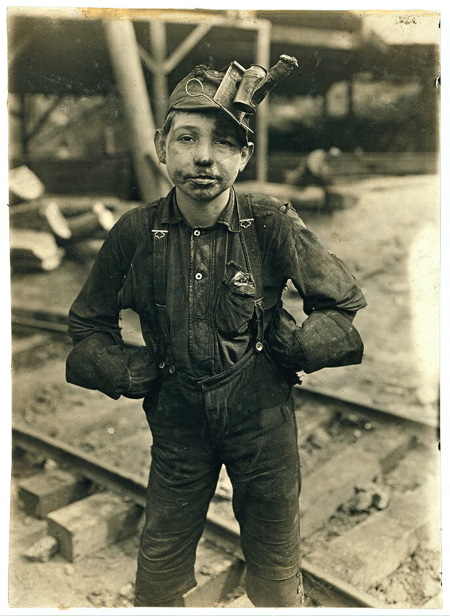
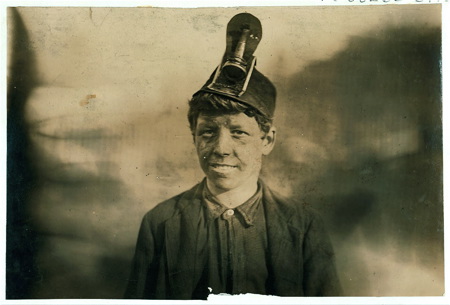
The other images are from turn-of-the-century sources, mostly shot by Lewis Wickes Hine, and date from around 1908.

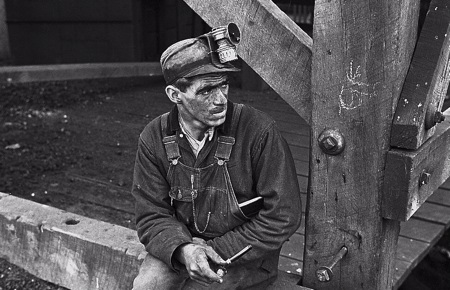

I guess I thought coal mining had gotten all modern and automated. I forgot that people still risk going deep down into the earth so that I can power my toaster oven. It’s always been a risky business and coal-mining disasters seem particularly heinous, somehow.

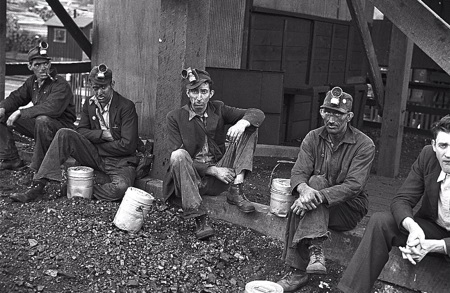

The worst coal-mining year was 1907, when 3,242 men and young boys were killed in the United States alone. Our country’s single-worst coal mining disaster took place that year at the Monogah Mine and killed 362.

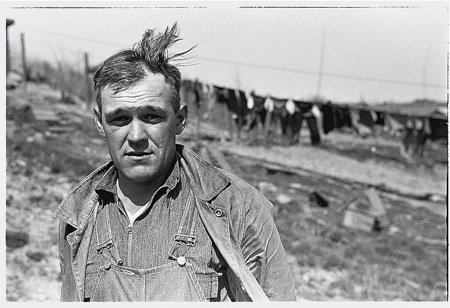

Of course, a lot more people worked in mines back then. In 1926 the mining industry employed about 704,000. Today it’s around 80,000.


The children shown in these photographs are, in fact, young teens referred to at the time as “breaker boys.” Their job was to break large chunks of coal into smaller chunks and to sort through dirt pulling out coal pieces for 10 hours a day. Child labor laws came late to coal mining.
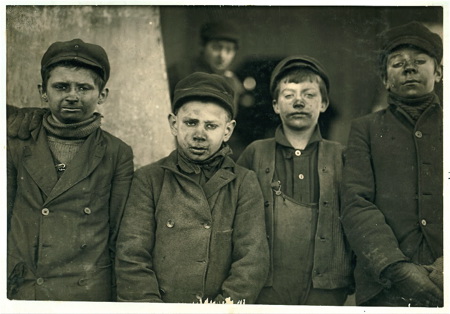

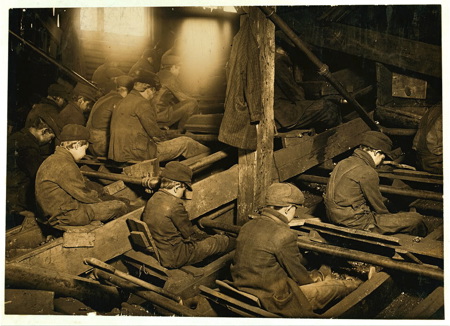
Although it was certainly a dangerous occupation for the first half of the 20th century, coal mining did start getting better in the 1950s through the 1970s, when quite a few safety regulations were implemented. These days it’s actually safer than farming and just a little more dangerous than driving a taxi, based on death instances per 100,000 hours worked. At least in the United States.
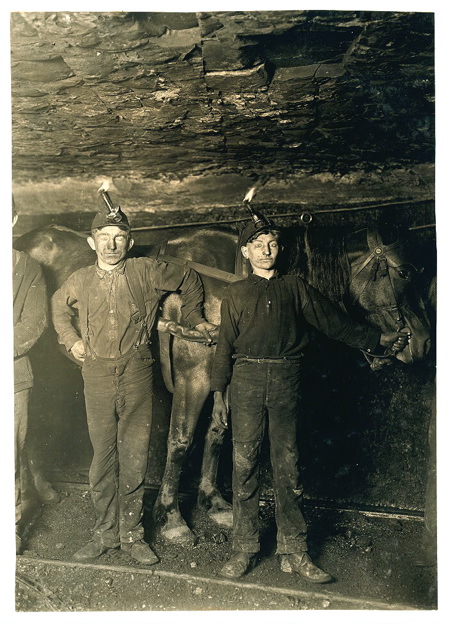
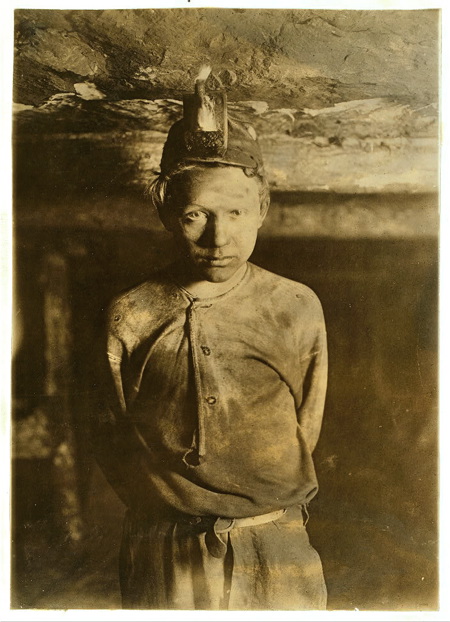
China now has the highest rate of coal-mining deaths by far. It uses 35% of the world’s coal but is home to 80% of the world’s coal-mining deaths.


Coal mining’s reputation as a difficult and hard life seems well earned. Next time I flip on the light switch, I hope I’ll give a little more thought to where all that power comes from.

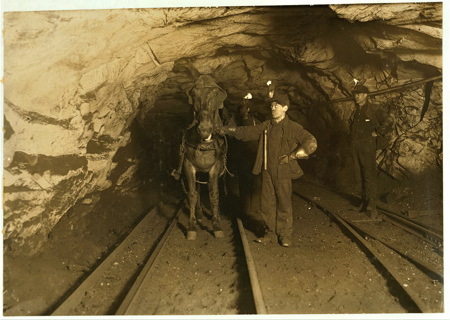

This article was last modified on May 17, 2023
This article was first published on April 16, 2010



